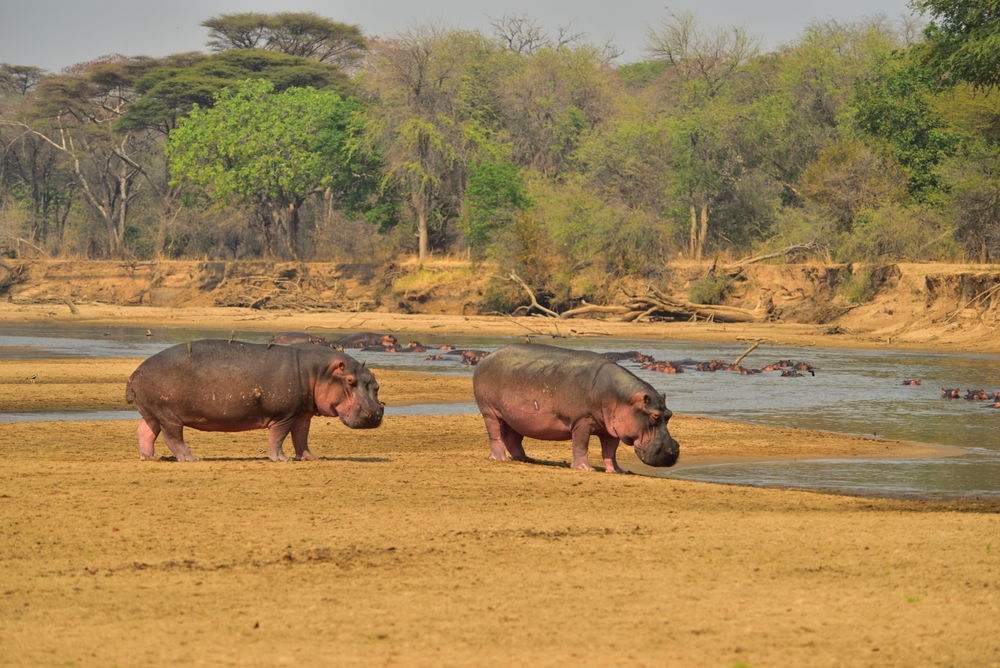Luambe Overview
Luambe National Park, known locally as Paki ya Luambe, is a compact yet ecologically rich gem nestled in Zambia’s Luangwa Valley. Covering approximately 254 square kilometers (98 square miles), it is one of Zambia’s smallest national parks but remains an integral part of the Luangwa ecosystem. Situated between the renowned South and North Luangwa National Parks, Luambe offers a more intimate and tranquil safari experience, making it an ideal destination for nature lovers seeking a quieter escape into the wilderness.
The park’s terrain is shaped by the Luangwa River, which runs along its eastern boundary, forming a series of oxbow lagoons, riverine forests, and lush floodplains. Although Luambe does not feature mountains or waterfalls, its striking landscapes, including open savannahs and miombo woodlands, create a picturesque and diverse environment teeming with life. During the dry season, the river becomes a focal point for wildlife, offering exceptional viewing opportunities as animals congregate around dwindling water sources.
Luambe National Park is celebrated for its thriving populations of hippos and crocodiles, which are easily observed along the Luangwa River. Large herds of elephants, buffalo, and impala are common sightings, while smaller antelope species, such as bushbuck and kudu, roam the park’s woodlands. Predators, including leopards, lions, and spotted hyenas, are also present, though their elusive nature makes sightings a rewarding experience. Birdlife is prolific, with over 200 species recorded, including the vibrant carmine bee-eater, which nests along the riverbanks, and the African fish eagle, whose haunting calls echo across the park.
Conservation efforts in Luambe National Park have seen significant progress in recent years. Once heavily impacted by poaching and habitat loss, the park is now under careful management, with anti-poaching initiatives and ecological monitoring at the forefront of conservation strategies. Partnerships between the Zambian government and private conservation organizations have revitalized the park, ensuring that its ecosystems and wildlife are protected for future generations. Community-driven programs also promote sustainable resource management and provide economic opportunities for local populations, fostering a shared commitment to conservation.
Visitors to Luambe can enjoy a variety of low-impact activities that emphasize the park’s tranquil and unspoiled nature. Guided game drives offer excellent opportunities to observe wildlife along the river and floodplains, while walking safaris allow for immersive exploration of the park’s diverse habitats. Birdwatching is a highlight, particularly during the dry season when migratory and resident bird species are abundant. Accommodations in Luambe are minimal, with eco-friendly lodges and camping options providing an intimate and immersive wilderness experience.
In summary, Luambe National Park is a hidden treasure of Zambia’s Luangwa Valley. Its diverse landscapes, abundant wildlife, and successful conservation efforts make it a serene and rewarding destination for eco-tourists. For travelers seeking a quieter, more personal safari experience, Luambe offers the perfect blend of biodiversity, tranquility, and natural beauty.
















































































